How to trim or train Hong Kong Orchid Trees
SSDly
11 years ago
Featured Answer
Comments (18)
tropicbreezent
11 years agosun_worshiper
11 years agoRelated Professionals
West Chester Landscape Architects & Landscape Designers · Broadlands Landscape Contractors · Mastic Beach Landscape Contractors · New Cassel Landscape Contractors · Sugar Hill Landscape Contractors · Hueytown Landscape Contractors · Diamond Bar Decks, Patios & Outdoor Enclosures · Franconia Decks, Patios & Outdoor Enclosures · Grain Valley Decks, Patios & Outdoor Enclosures · Rosemont Decks, Patios & Outdoor Enclosures · Statesville Decks, Patios & Outdoor Enclosures · Bountiful Siding & Exteriors · Glen Burnie Siding & Exteriors · Largo Siding & Exteriors · Menomonee Falls Siding & Exteriorskatkin_gw
11 years agoTom
11 years agosun_worshiper
11 years agosusieq07
11 years agosun_worshiper
11 years agosusieq07
11 years agosun_worshiper
11 years agodollywally3
8 years agoTom
8 years agoaputernut
8 years agoTom
8 years agowisconsitom
8 years agolast modified: 8 years agoaputernut
8 years agokal2002
2 years ago
Related Stories

HOUZZ TOURSMy Houzz: Bright and Airy Updates in a California Fixer-Upper
An Australian family tackles an unloved Cape Cod–style house, turning it into an inviting home that reflects their history and travels
Full Story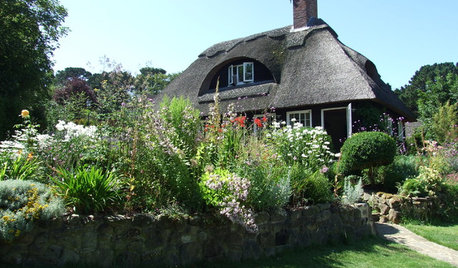
LANDSCAPE DESIGNHow to Create a Cottage-Style Garden
If you like an abundance of plants — and visits from birds, bees and butterflies — this may be the style of yard for you
Full Story
COLOR11 Reasons to Paint Your Ceiling Black
Mask flaws, trick the eye, create drama ... a black ceiling solves a host of design dilemmas while looking smashing
Full Story
HOUSEPLANTS10 Top Plants to Grow Indoors
Brighten a room and clean the air with a houseplant that cascades artfully, stretches toward the ceiling or looks great on a wall
Full Story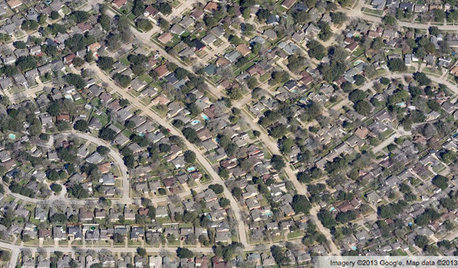
COMMUNITYGet a Bird's-Eye View of America's Housing Patterns
See the big picture of how suburban developments are changing the country's landscape, with aerial photos and ideas for the future
Full Story
PETSPet-Proofing Your Home: A Room-by-Room Guide
Not all pet dangers are obvious. Keep furry friends safe and sound by handling all of these potential hazards
Full Story
LIFEYou Showed Us: 20 Nutty Home Fixes
We made the call for your Band-Aid solutions around the house, and you delivered. Here's how you are making what's broken work again
Full Story
HOUZZ CALLHouzz Call: Show Us Your 8-by-5-Foot Bathroom Remodel
Got a standard-size bathroom you recently fixed up? We want to see it!
Full Story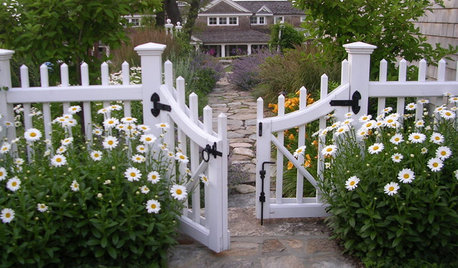
CURB APPEAL7 Ways to Create a Neighborly Front Yard
Foster community spirit by setting up your front porch, paths and yard for social interaction
Full Story
LIFE6 Ways to Cool Off Without Air Conditioning
These methods can reduce temperatures in the home and save on energy bills
Full StoryMore Discussions






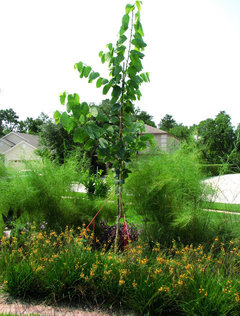
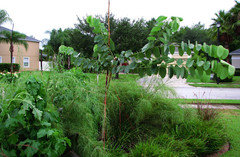

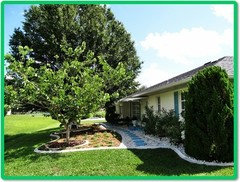


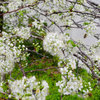
wisconsitom